The Secret Tool That Created Disneyland, Netflix and Uber
or most organizations, especially legacy brands, there is a tendency to get trapped by success. Between quarterly results and team goals and division metrics, all their work becomes focused on hitting these numbers. Businesses iterate instead of innovate, figuring that an updated version of whatever got them here will be enough to get them there.
For a long time, this iteration strategy has worked. But not anymore.
It’s time to Disrupt or Die.
How can you help your organization disrupt, slay the sacred cows and challenge status quos in a way that not only is accepted, but becomes the norm?
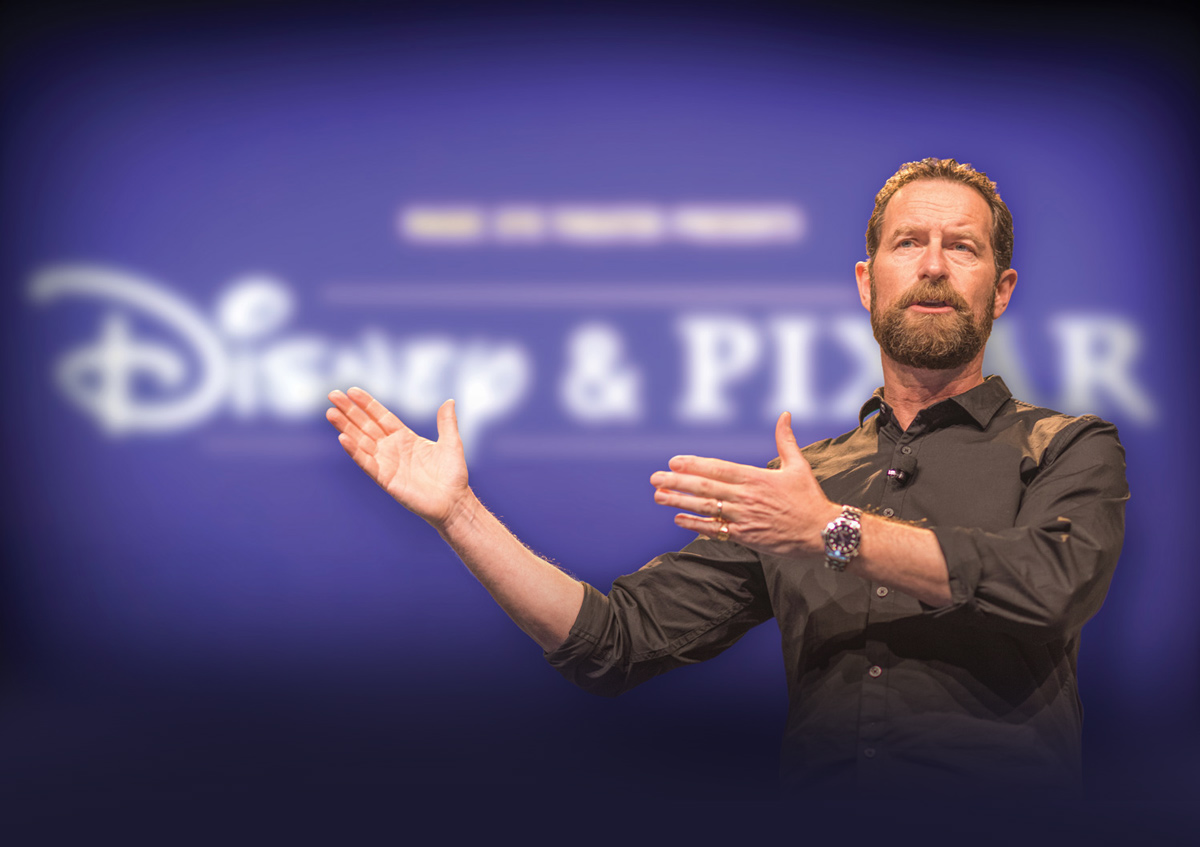
The Secret Tool That Created Disneyland, Netflix and Uber
or most organizations, especially legacy brands, there is a tendency to get trapped by success. Between quarterly results and team goals and division metrics, all their work becomes focused on hitting these numbers. Businesses iterate instead of innovate, figuring that an updated version of whatever got them here will be enough to get them there.
For a long time, this iteration strategy has worked. But not anymore.
It’s time to Disrupt or Die.
How can you help your organization disrupt, slay the sacred cows and challenge status quos in a way that not only is accepted, but becomes the norm?
In 1940, Walt Disney released his masterpiece, Fantasia. As was Walt’s creative vision, he sought to heighten other audience senses by changing the actual viewing environment. He wanted it to mist inside the theater during the “Little April Shower” scene. And he wanted audiences to feel the heat pumped into the theater during “Night on a Bare Mountain”.
But there was a problem. Disney didn’t own any movie theaters, and he couldn’t convince the theater owners to make that level of investment for one movie.
So, Walt decided to use the “What If” tool to create a solution to his problem, a solution that went on to become one of the most creative solutions of the 20th century.
- It’s dark
- Guests have to go at a set time
- Guests have to sit in a seat
- I — the movie creator — can’t control the environment
As you can see, Disney was fed up with theaters, and needed to find a way to break the cycle and invent a new method of immersing guests in his stories.
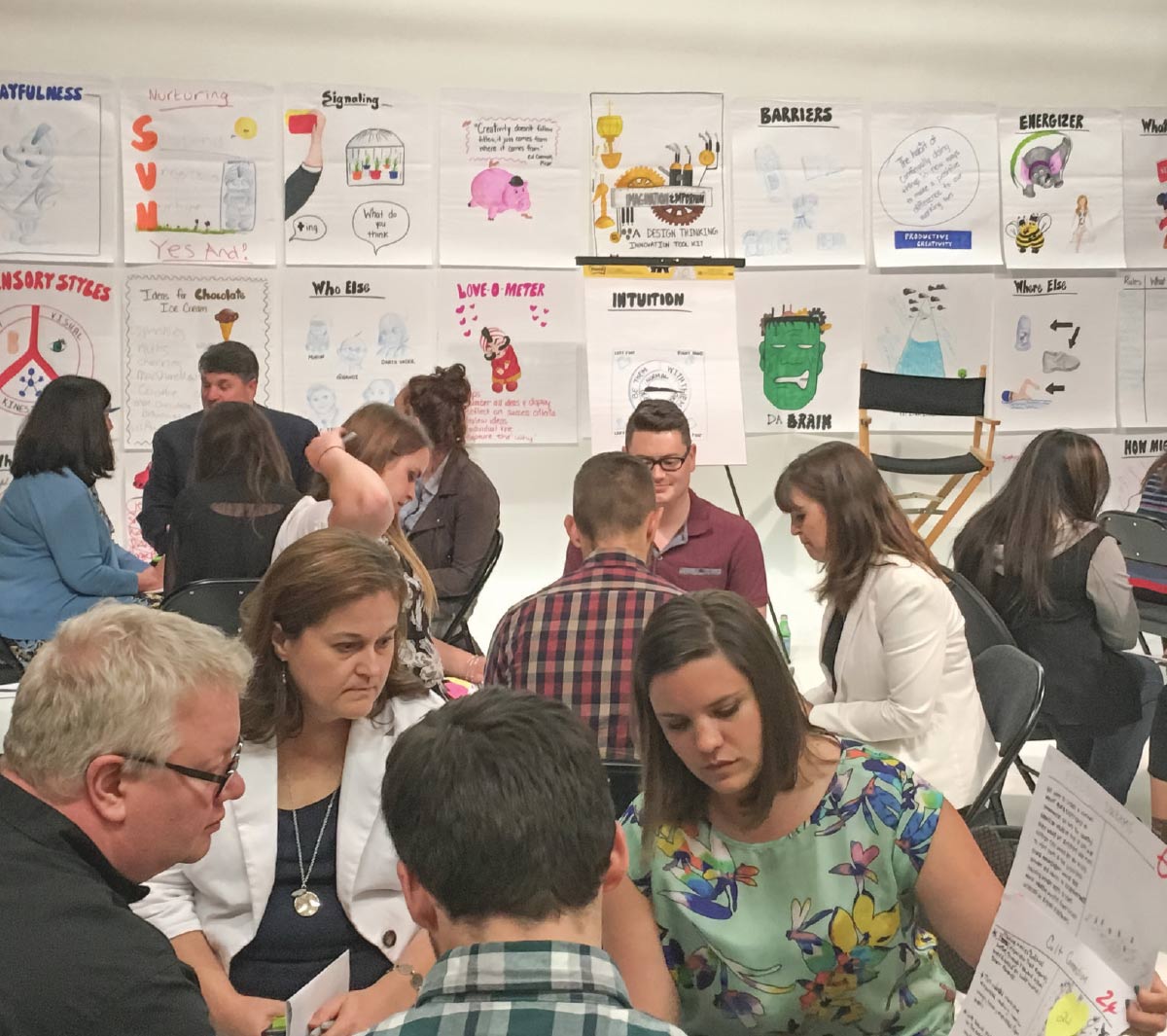
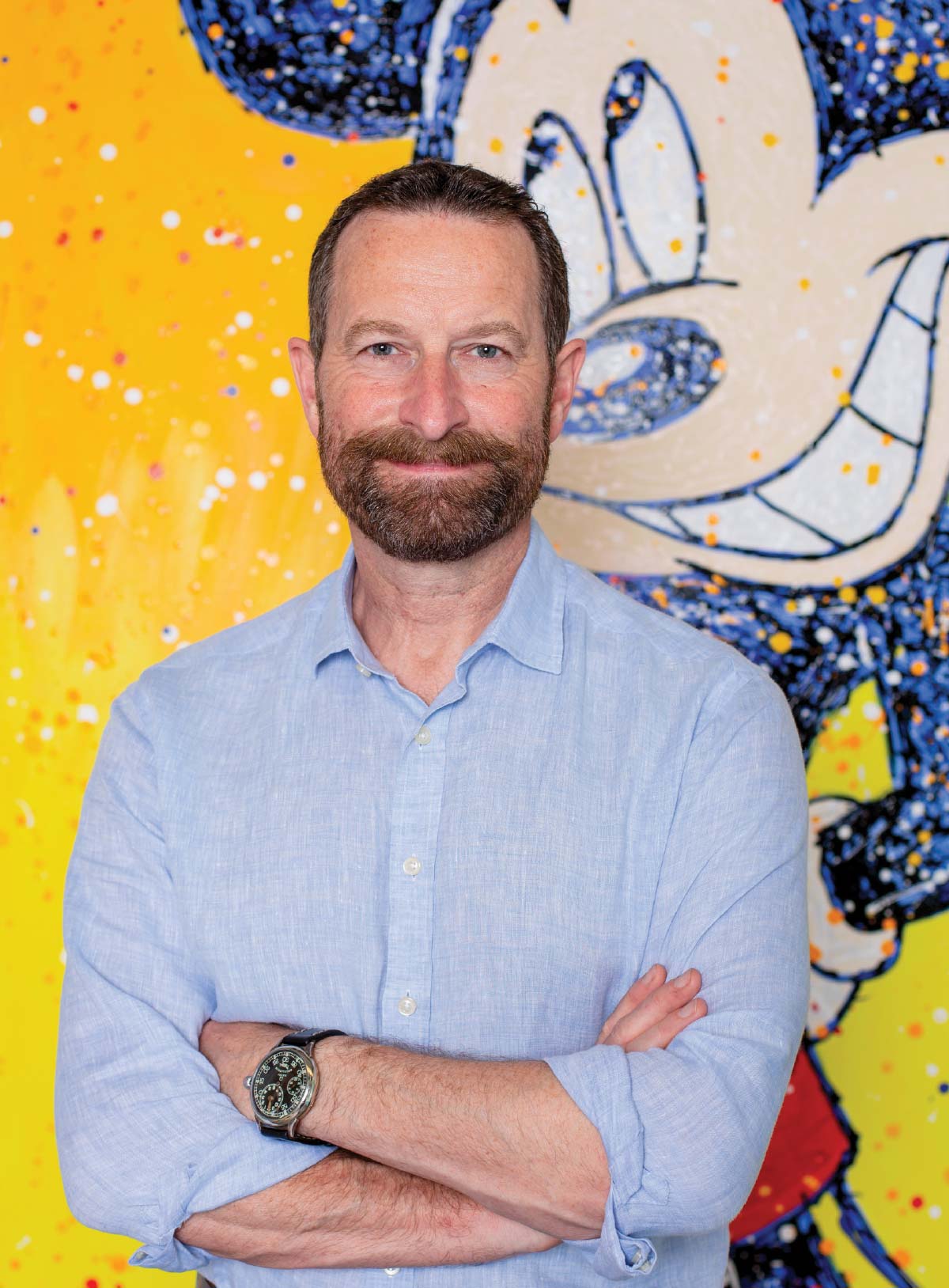
This was a very radical thought because Disney did not own any theaters at the time. In order to control the environment, he’d have to take his movies out of the theaters. And in order to do such a thing, he’d need to imagine a whole new way to immerse guests in his films.
Disney began to imagine what it would be like to take his movies out of theaters:
- They’d have to be 3D, since they were no longer on a movie screen
- They’d have to be interactive
- The characters would need a place to live
- And if characters had a place to live, they’d need to be separated, because Cinderella couldn’t live next to Davy Crockett, as people wouldn’t be immersed in each story
- And if they had to separate characters into different places to live, they’d need to develop whole different lands based around certain characters and stories
And that’s exactly what Walt Disney did, opening the doors to Disneyland on July 17, 1955. The most disruptive innovation of the 20th century, all because Walt Disney dared to ask “What if?” when he was told no by the theater owners of the day.
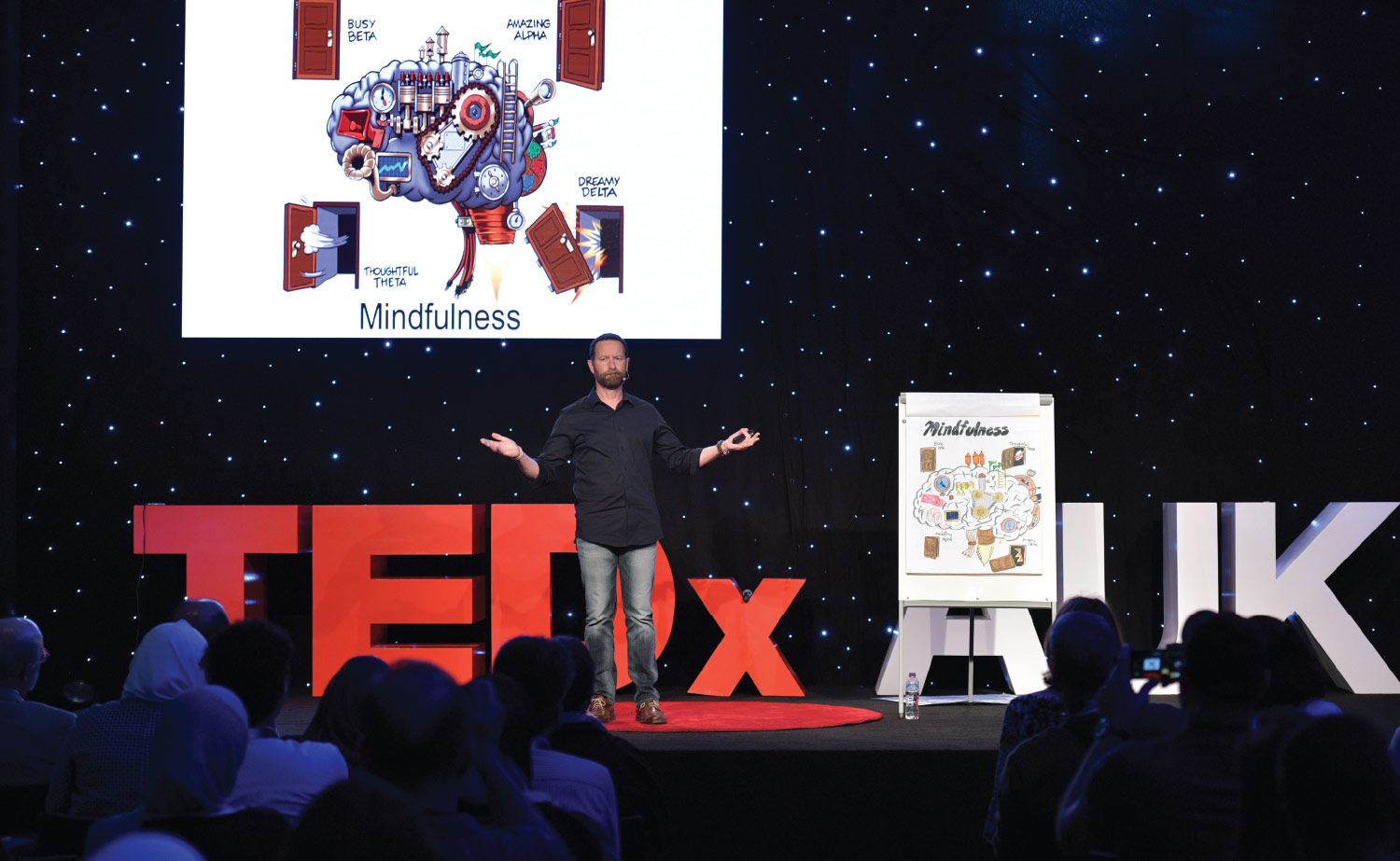
So, we began listing the rules a guest has when visiting a Disney theme park:
- They have to be in a certain place at a certain time to see the parade and shows
- They have to search around to find their favorite character
- They have to wait for food at the restaurants
- They have to buy a ticket
- They have to stand in line
This last rule was the one we chose to break. What if guests didn’t have to stand in line? How would we do that? Remove the front desk at our hotels? Create a way to reserve rides in advance? Allow guests to schedule their meet-and-greets with cast members? Eliminate food and merchandise lines?
Needless to say, this was a pretty massive “What If” wish list. But after a lot of research, we realized that much of this actually was possible through the power of RFID technology.
Fast forward several years later and we have the “Disney MagicBand.” These RFID bracelets power much of the Disney experience. They serve as guests’ hotel room key, meaning there is no waiting to check in when they arrive. It’s their park ticket, so they can just swipe and go at the front gate. It holds e-fast passes for their favorite rides and meet-and-greets. And it even allows them to pay for their merchandise with one tap and order their food before they even arrive at their favorite restaurant.
Had we started our challenge by asking the question driven by quarterly results — How might we make more money? — we would have just iterated with something small, like an increase in park admission fees. But by asking “What If?” instead, and challenging the rules of attending a Disney Park, we were able to cause massive disruption and innovation.
Best of all, this disruption has created way more profit than a simple iteration would have, with increases in guest satisfaction and free time leading to record increases in food, beverage and merchandise sales.
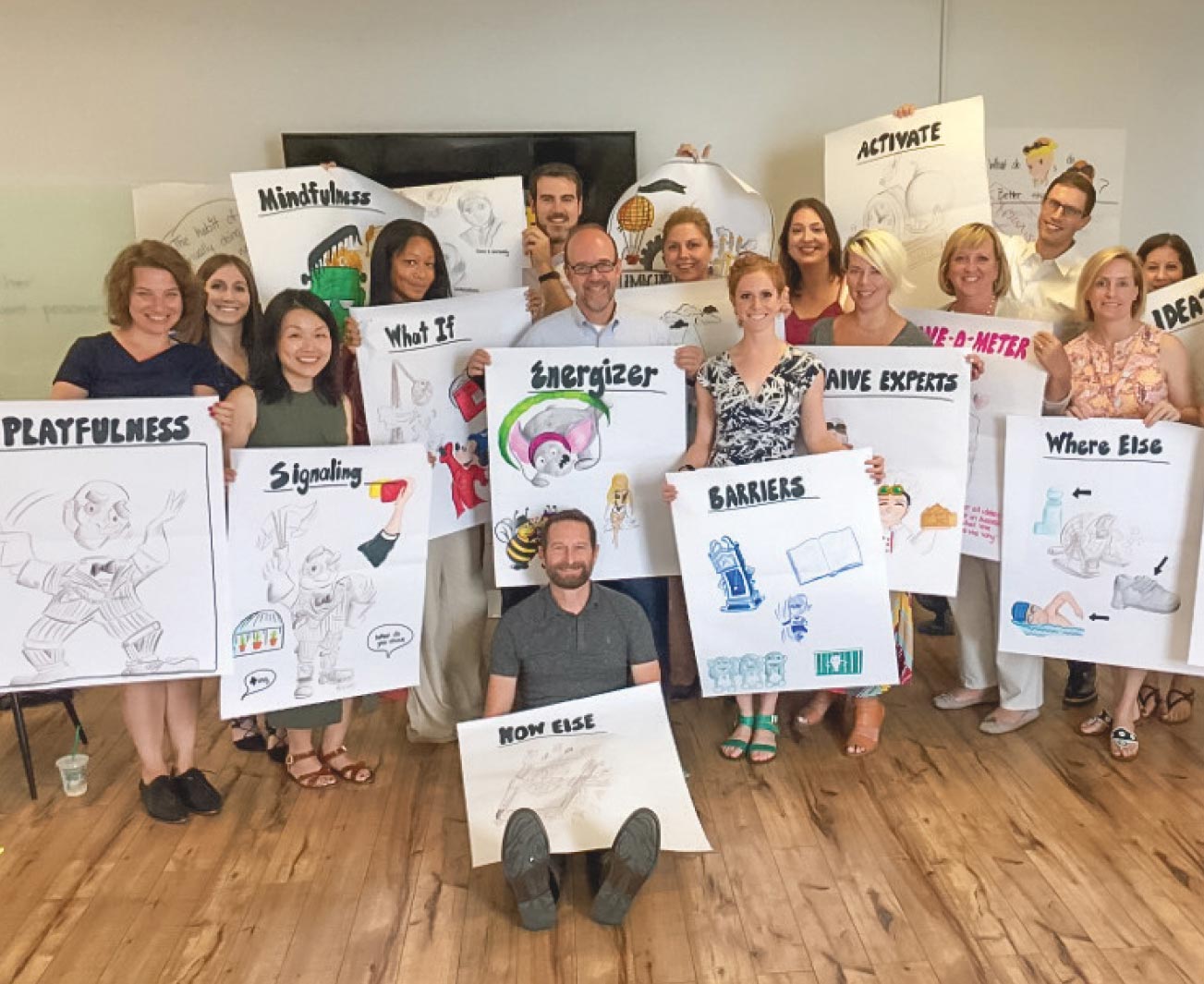
Step One: List all the rules governing your challenge. These should be facts, not generalizations or assumptions.
Step Two: Take one of the rules and provoke it by asking What If? The more extreme the provocation, the more dynamic the idea your team will develop.
Step Three: Imagine If…Brainstorm all the different ways in which this rule can be eliminated.
Now, I said it would be simple, but a proper “What If” will not be easy. Most organizations have decades of status quos and quarterly metric chasing embedded within, which will be incredibly difficult for you and your team to overcome…at first. But like anything else, the “What If” tool is something that gets easier with practice. So, start using it regularly. Run your teams through the exercise again and again. Do this, and it won’t be long until you find yourself consistently developing disruptive, innovative ideas to explore.
All by simply asking What If?
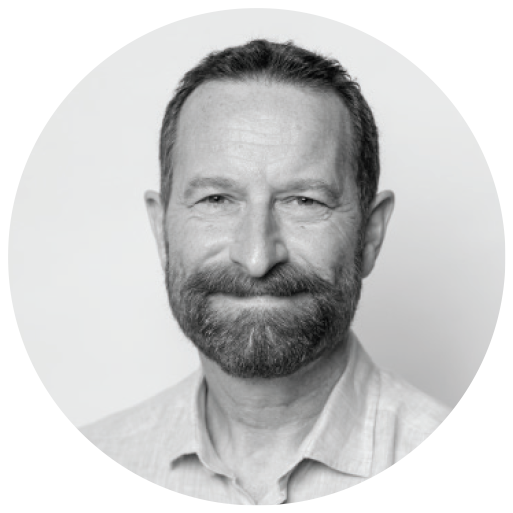
With a 25-year career at Disney – most recently as Head of Innovation and Creativity – Duncan Wardle is a leading expert on building creative business cultures.
Now an innovation and creativity consultant and founder of iD8 & innov8, Wardle helps companies gain massive competitive advantage by embedding a culture of creativity within their own organization.
Wardle is a multiple TEDx speaker, contributor to Fast Company Magazine, Guest Professor at Yale University, and holds the Duke of Edinburgh Award presented by Her Majesty Queen Elizabeth II.
With a 25-year career at Disney – most recently as Head of Innovation and Creativity – Duncan Wardle is a leading expert on building creative business cultures.
Now an innovation and creativity consultant and founder of iD8 & innov8, Wardle helps companies gain massive competitive advantage by embedding a culture of creativity within their own organization.
Wardle is a multiple TEDx speaker, contributor to Fast Company Magazine, Guest Professor at Yale University, and holds the Duke of Edinburgh Award presented by Her Majesty Queen Elizabeth II.